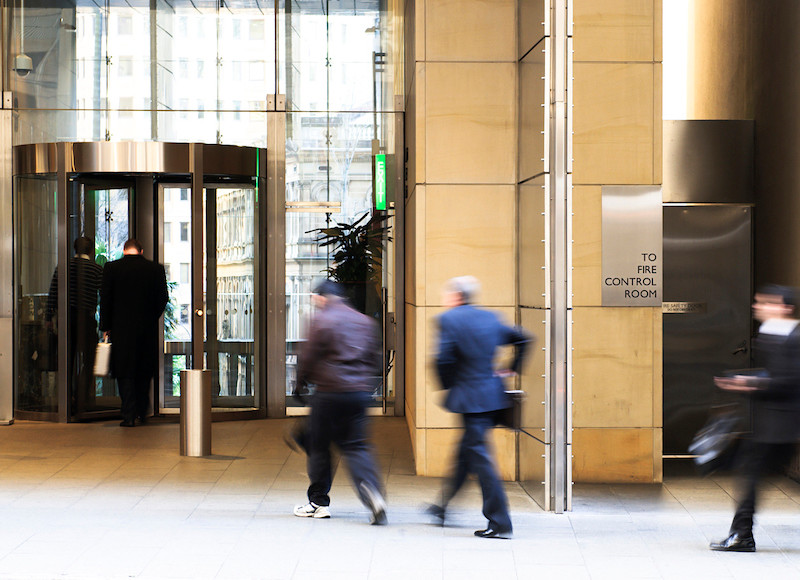CBD Office Occupancies Best Since Pandemic

The appetite for letting employees permanently work from home is waning as the latest figures show a significant rise in workers heading back to Australia’s CBD offices.
But according to new research, the office remains very much in competition with the work-from-home experience.
And the truth about post-pandemic workplace trends is “there is no trend”—at least, not to a singular, ideal option for the future office.
CBRE’s Future of Office Viewpoint report said while the narrative of increased working from home as a new normal continues to be pushed “the reality is far more nuanced”.
“Within companies and across geographies we expect a high diversity of different solutions,” it said.
“Doing what everyone else is doing is no longer an effective or clever solution. Organisations need to work it out for themselves while solutions will likely need to vary across the business.”
The Property Council of Australia’s May survey recorded big jumps in office occupancy across all CBDs in the country’s major capital cities.
It showed Adelaide’s occupancy increased from 59 to 71 per cent, Canberra jumped from 39 per cent to 60 per cent, and Perth and Brisbane both rose 13 per cent to 63 and 64 per cent respectively.
Sydney and Melbourne’s occupancy levels also leapt, lifting 13 and 12 per cent, respectively, to 48 per cent and 55 per cent.
On mid-week peak days, the levels reached 80 per cent in Adelaide, 73 per cent in Brisbane and 66 per cent in Sydney.
PCA chief executive Ken Morrison said he expected the trend to continue, while also acknowledging that flexible working would “clearly be a stronger feature in the future than it was pre-pandemic".
Significantly, he said, the latest spike in occupancy was matched by strong demand for office space from tenants despite the impacts of the pandemic.

“Strongly growing white collar employment also paints a positive picture for the future of our CBDs,” Morrison said.
“It is clear is that CBDs will continue to have a very strong role to play in a post-Covid world, even as businesses and their employees evolve to new ways of working.”
The latest CBRE office occupier research indicates the percentage of companies planning to permit their staff to work from home full-time and come to the office when needed currently stood at only 4 per cent.
It also found that organisations encouraging employees to work from the office while permitting a moderate amount of remote working has increased to 58 per cent, up from 47 per cent in July last year and 35 per cent in October 2020.
“This indicates some common ground and suggests that the hybrid working format will likely be the preferred model for many companies,” the report said.
Its research suggested the idea of home “as another place in the menu of where employees can choose to work” had led to a loss of purpose in terms of why people need to come to the office.
"The office as an attractor must now compete against the experience of working from home. What exactly will attract people remains to be seen.
“[But] it will require companies to enhance their workplaces to deliver the type of seamless and engaging experiences that remote working cannot.
“This is no longer a ‘nice to have’, it’s a must have,” the report stated.













